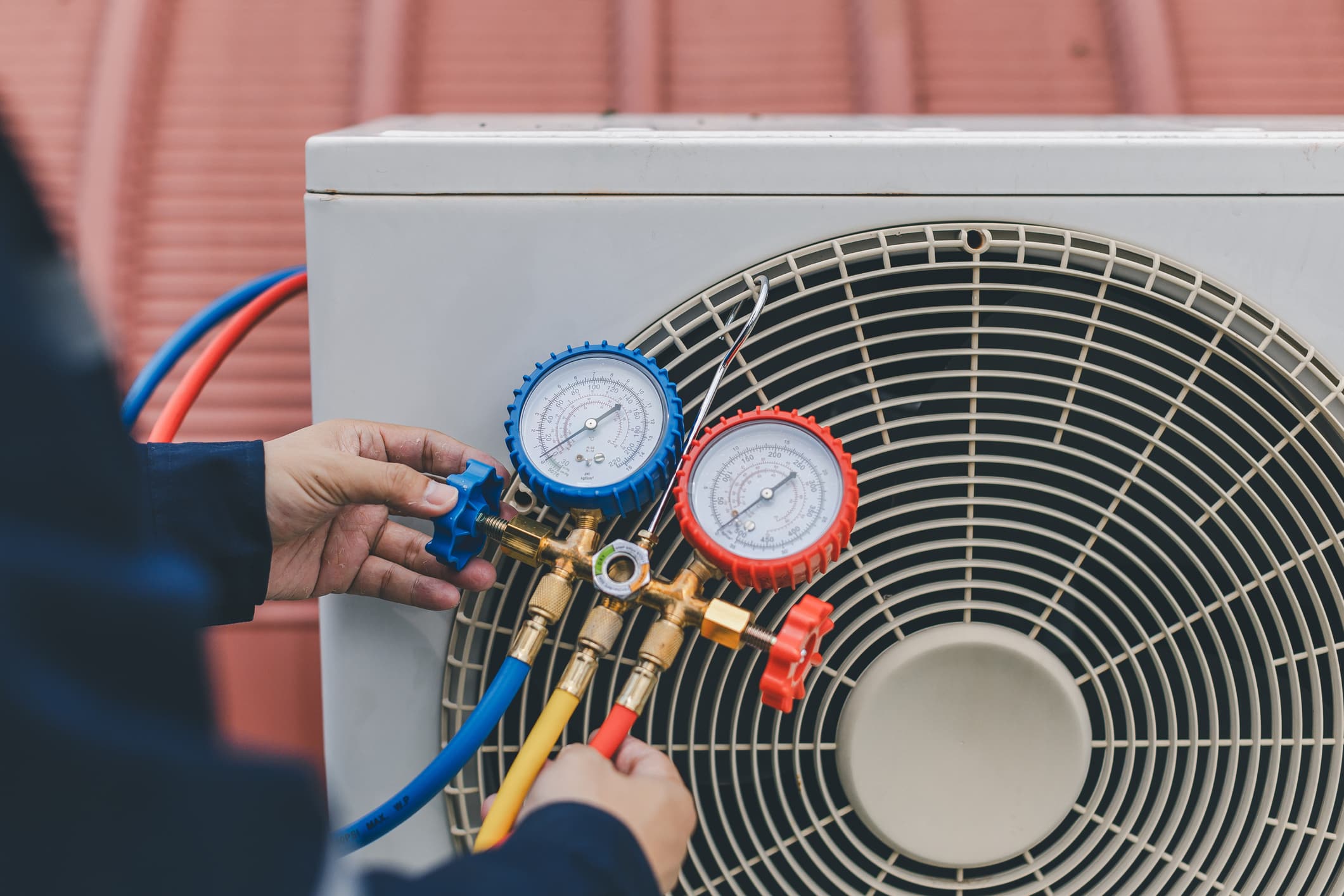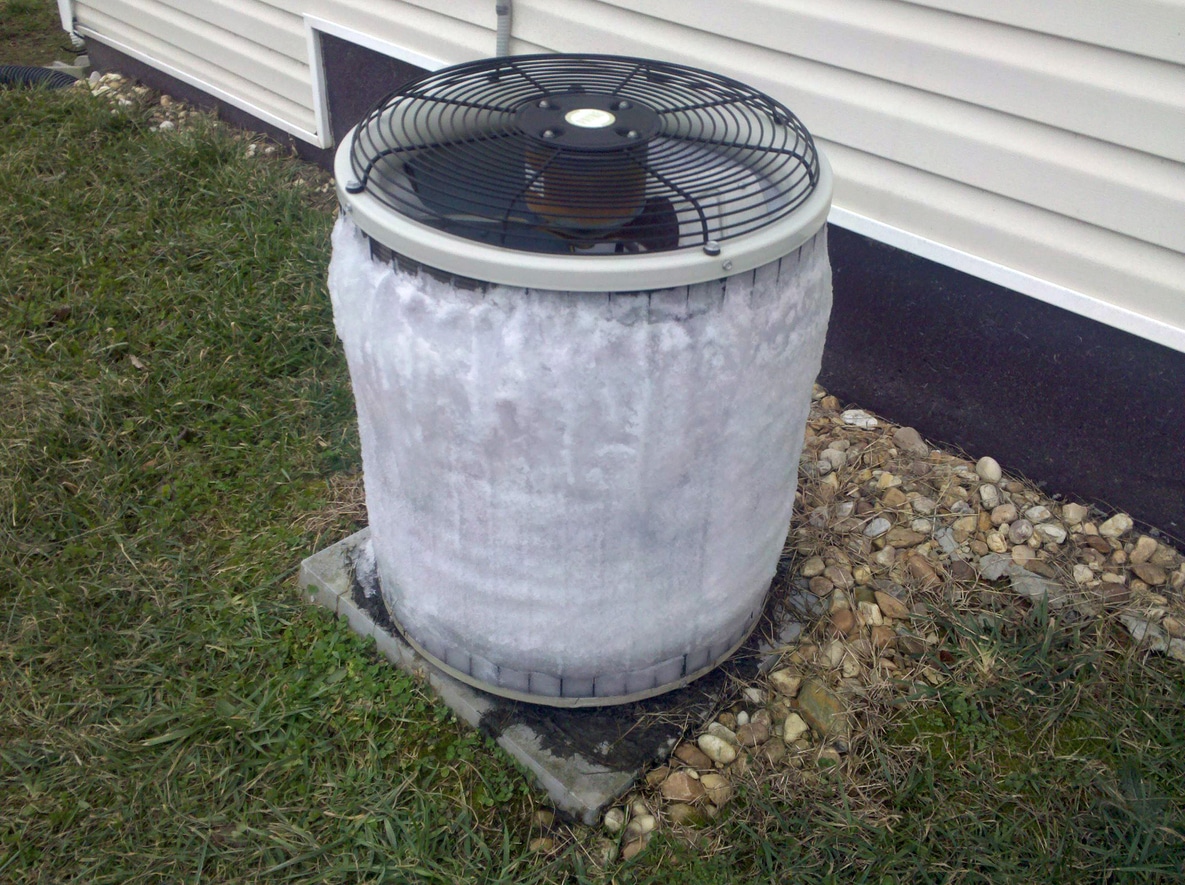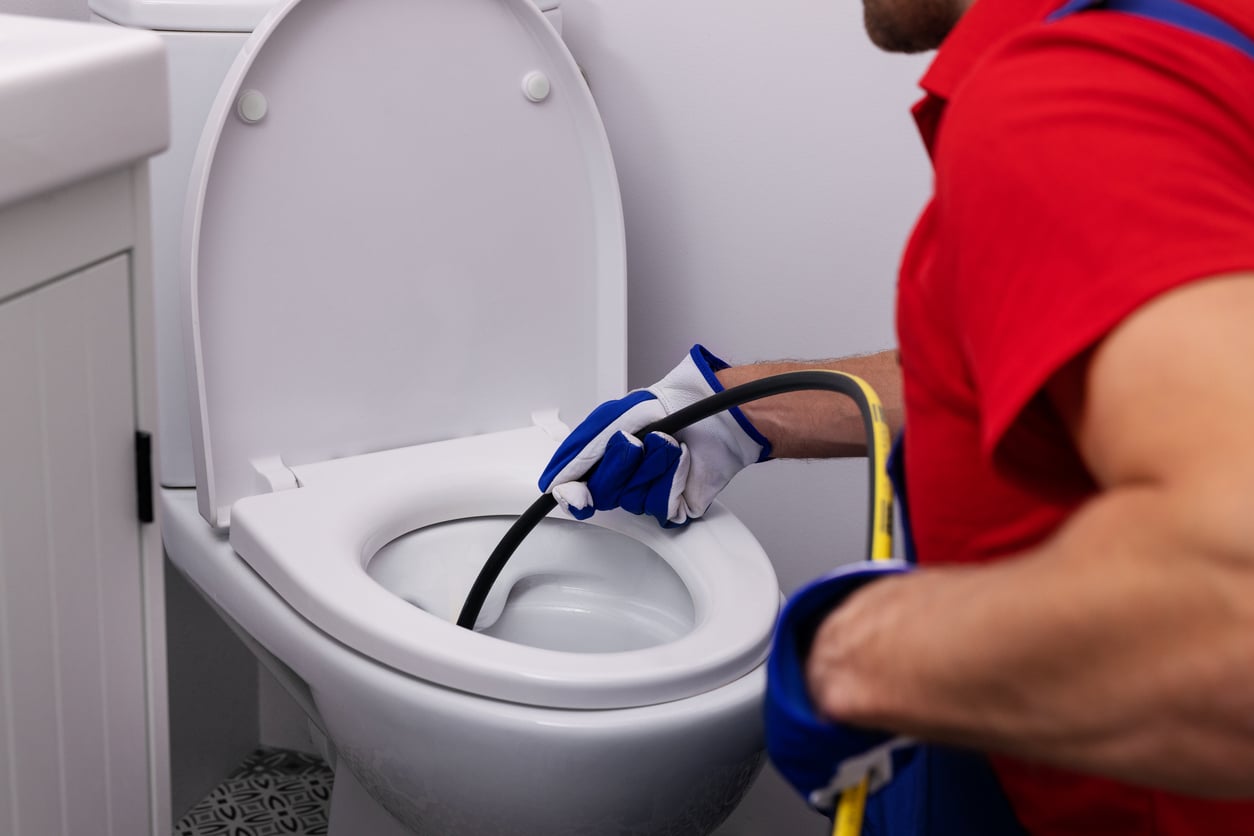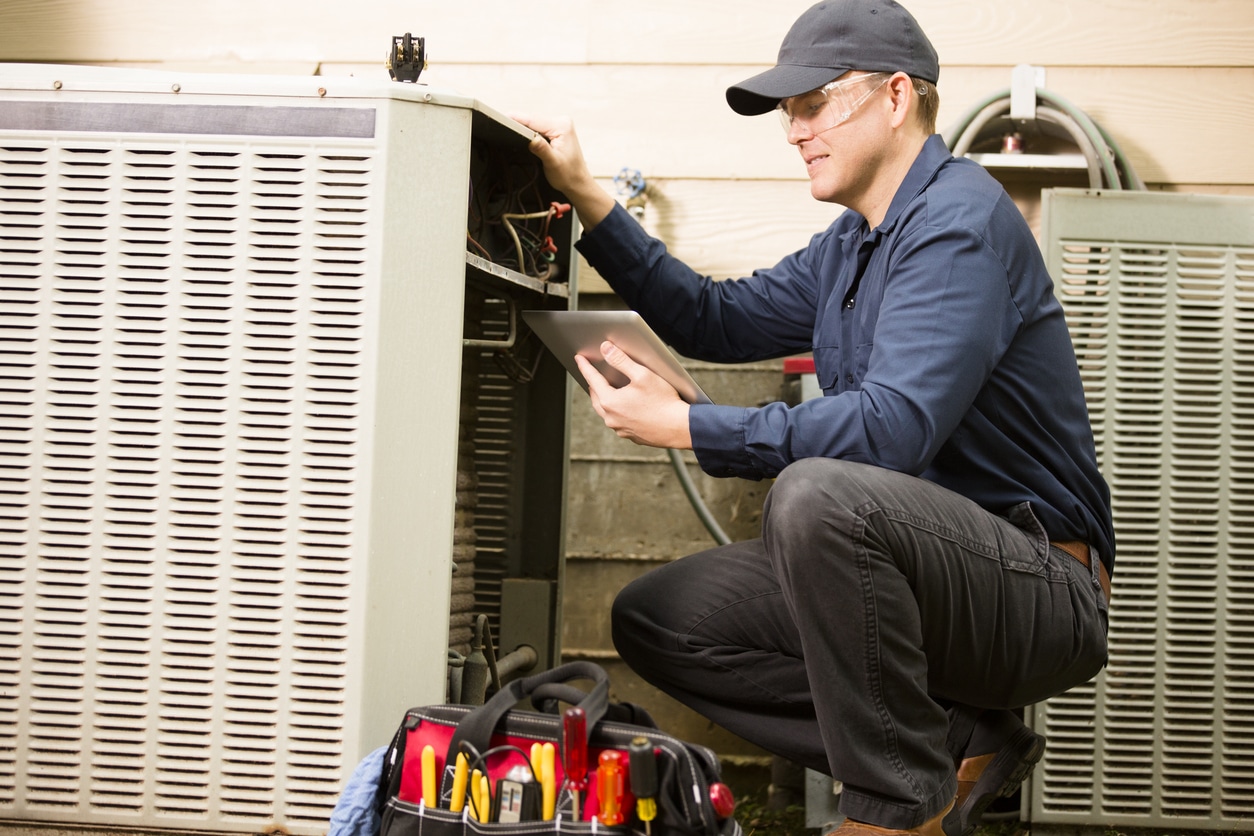Out of all the plumbing in your home, the bathroom plumbing may be the most complex and misunderstood. Sadly, a lack of understanding is what often leads to significant plumbing disasters in Dundalk. Check out this guide to your bathroom’s plumbing and find out everything you should know to keep it running smoothly.
Hot Water Heaters
Your hot water heater is what saves you from standing over a stove and boiling water every time you want to get clean. There are two main types of hot water heaters – a tankless heater and a traditional heater. With a traditional heater, cold water goes into a tank. Either a gas burner or electric heating elements heat up the water.
The system keeps the water warm until you need it. When you turn on a hot tap, the already warm water flows through your plumbing to the tap. In a tankless system, the setup is quite different. The system has heating elements inside it, and those elements turn on when you demand hot water. It instantly heats up water and sends it to your tap. As a result, you don’t run out of hot water as you might with a tank.
Which One Should You Use?
The major advantages to tankless water heaters are their energy efficiency and their longevity. While you’ll be lucky to get 11 years out of a traditional water heater, a tankless one could last for over 20 years. There’s also the issue of wasted energy. Because a tankless heater only heats the water as it’s needed, it conserves energy.
Up front, a tankless heater costs more. This is why some homeowners opt to install traditional heaters. To help you decide, consult with reputable plumbing services near me.
The Waste Water System
All bathrooms generate quite a bit of waste water. When you flush the toilet, the water goes into an underground drainage system. You might have one pipe for all the waste, or one for soil and one for waste water. Typically, new homes have a single pipe.
If you look closely at your plumbing, you might notice bends in the pipes attached to your sinks and toilets. The fittings usually have bends that create a seal and hold back the smells that would otherwise create a foul odor inside your home.
Septic or Sewer?
If you have a home with a septic system, the waste water goes directly to a septic tank. The tank contains bacteria that break down the organic material in the waste. Eventually, inorganic solids and byproducts from the bacteria fall to the bottom of the tank in a sludge layer. Scum floats to the top of the tank, and the remnants flow to the drain field. When the water is clean, it seeps into the groundwater.
If you don’t have a septic system, your waste water pipe connects to the sewer line. The waste travels through an extensive system and eventually makes its way to a water treatment facility. Unlike a septic system, you’re not responsible for the water treatment. You are, however, liable for the sewer line on your property.
Water Pressure
If you just moved into a new home, you may be dismayed by the water pressure. Showers are hard to enjoy when the water just trickles out. Fortunately, there may be something you can do to improve the water pressure. Low water pressure is often associated with clogged aerators and clogged drains.
To check your aerator, remove the shower head. Does it have mineral build-up on it? This could be the cause of your shower woes. If you place the shower head in a bag with water and white vinegar, you may be able to scrub the minerals off.
At times, water pressure is a problem caused by pipes that aren’t yours to worry about. If you contact the local water municipality, they may be able to do something about your water pressure. It’s cheaper than calling for plumbing services near me and a quick fix. Otherwise, your only solution may be to call a professional.
Piping Materials
Did you ever wonder about the pipes under your feet and in your walls? Throughout the years, plumbers have used various materials to pipe homes. Years ago, the materials weren’t very sturdy, and we’re prone to cracking or breaking. But today, piping materials are more sturdy than ever.
For waste lines, most plumbers use cast iron, PVC, or ABS. Meanwhile, they often use copper, PEX, and CPVC for water supply lines. If you have an old home, you should consider repiping your bathroom and your home with more modern materials. It could only be a matter of time before your pipes fail and you have a major leak on your property.
General Maintenance
Like all systems in your home, your bathroom’s plumbing needs maintenance. There are a few things you can do to keep your drains working and your water flowing:
Prevent Clogs
Once a clog forms, it can be difficult to remove. To prevent clogs, use stoppers and strainers in your bathroom sinks. This keeps hair and other particles from going down your drain and into your plumbing system.
You should also be cautious about what goes down your toilet. Never place flushable wipes into your toilet, and ensure that feminine hygiene products don’t end up there either. If you develop a clog, call for a plumber as soon as possible.
Address Leaks
If you notice small leaks in your bathroom, call a plumber immediately. Even a small leak costs you money and is a sign of a significant plumbing problem . Waiting too long for a repair could result in a costly repair or water damage.
Annual Drain Cleaning of Your Bathroom Plumbing
Once a year, hire a professional plumber to clean your drains. There’s bound to be some debris in your pipes, and a plumber can help. Special tools make it easy for them to blast away clogs and leave your drains working well.
If you need a professional for your bathroom plumbing in Dundalk, give us a call at Reliability Home Services. Our experienced plumbers are ready to help.











